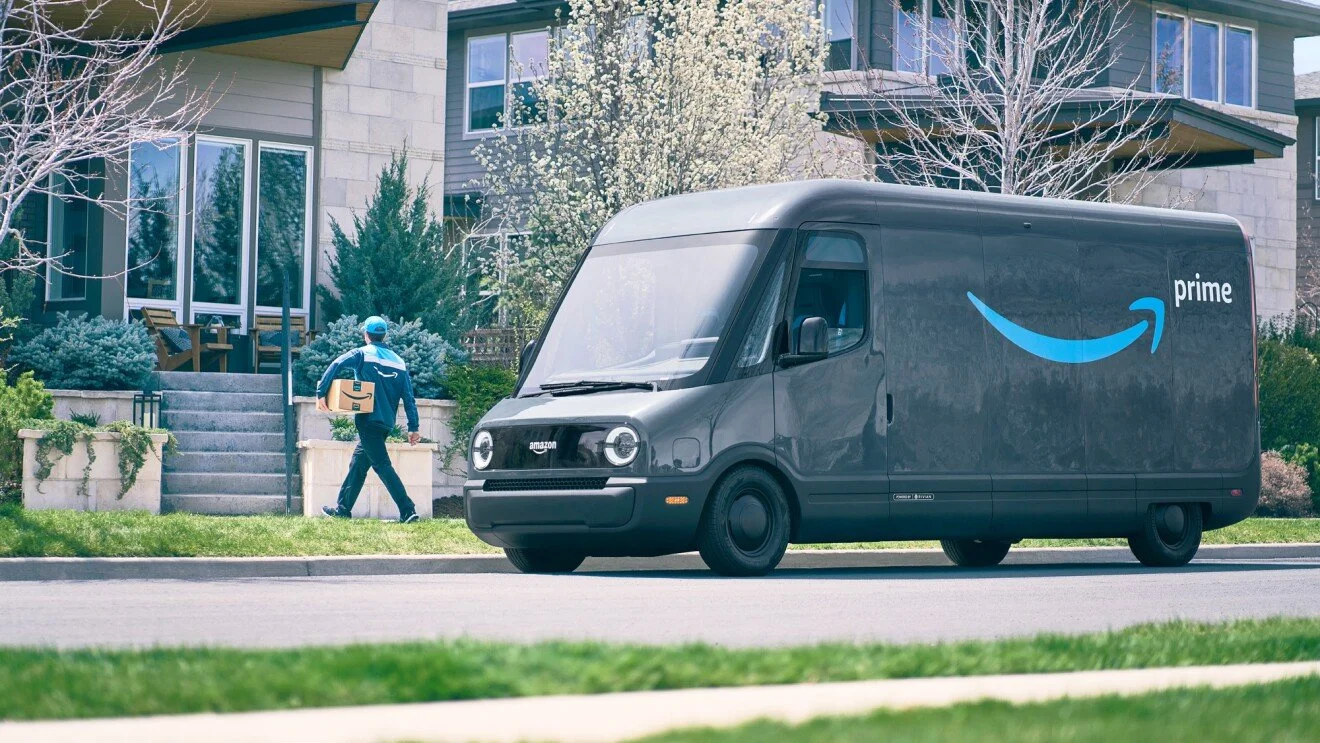The Future of Last-Mile Delivery: Trends and Innovations
In today's fast-paced world, the demand for efficient and timely delivery services has never been higher. As e-commerce continues to soar, the focus on last-mile delivery - the final leg of the delivery journey from the distribution center to the customer's doorstep - has become a pivotal aspect of the supply chain. In this blog, we'll delve into the evolving landscape of last-mile delivery and explore the trends and innovations shaping its future.
Rise of Sustainable Solutions:
With environmental consciousness on the rise, sustainable last-mile delivery solutions are gaining prominence. Electric vehicles, cargo bikes, and even drones are being integrated into delivery fleets to reduce carbon footprints. Not only do these eco-friendly options align with corporate social responsibility goals, but they also appeal to an environmentally conscious consumer base.
Advanced Route Optimization:
The use of Artificial Intelligence (AI) and Machine Learning (ML) algorithms is revolutionizing route planning and optimization. These technologies consider various factors such as traffic conditions, delivery windows, and even weather forecasts to determine the most efficient routes. By minimizing unnecessary detours and optimizing schedules, businesses can enhance delivery speed and reduce costs.
Robotics and Automation:
In this era of technological advancement, robotics, and automation are spearheading a revolution in last-mile delivery. Companies like Domino's Pizza are testing self-driving and autonomous vehicles to enhance delivery times and reduce operational costs. Pirex Solutions also deserves a mention for its contributions to logistics planning automation. They provide innovative fleet parking apps and in-app logistics planning tools, along with comprehensive fleet management software, revolutionizing the way businesses manage their last-mile operations. These technologies not only streamline processes but also reduce reliance on human labor, ultimately elevating the customer experience. The autonomous last-mile delivery market is poised to reach $4.96 billion by 2030, signifying the immense potential of these innovations.
Micro-Fulfillment Centers:
Proximity is key in last-mile delivery. Micro-fulfillment centers, strategically located in urban areas, bring products closer to customers, enabling quicker and more cost-effective deliveries. These compact facilities are equipped with automated systems for rapid order processing, further streamlining the last-mile delivery process.
Contactless Delivery and IoT Integration:
The COVID-19 pandemic accelerated the adoption of contactless delivery options. This trend is here to stay, with consumers valuing the convenience and safety of receiving packages without physical interaction. Additionally, the Internet of Things (IoT) plays a vital role in providing real-time tracking and monitoring of deliveries, enhancing transparency and accountability.
Blockchain for Transparency and Security:
Blockchain technology is making waves in the logistics industry, providing secure and transparent tracking of goods. It ensures that every step of the delivery process is recorded and verified, reducing the risk of fraud or tampering. This level of transparency fosters trust between businesses, customers, and delivery partners.
Personalized Delivery Experiences:
Customization is becoming a cornerstone of last-mile delivery. Customers now expect options like same-day delivery, specified time slots, and even in-app tracking with live updates. Meeting these preferences not only enhances customer satisfaction but also fosters brand loyalty.
Integration of Augmented Reality (AR) and Virtual Reality (VR):
AR and VR technologies are being explored to improve the accuracy of deliveries. AR-assisted navigation and VR-powered training for delivery personnel can significantly reduce errors and enhance the overall efficiency of the last-mile process.
The future of last-mile delivery is dynamic and promising. Embracing these trends and innovations is crucial for businesses looking to stay competitive in the ever-evolving landscape of e-commerce and logistics. By prioritizing sustainability, efficiency, and customer-centric solutions, companies can navigate the challenges of last-mile delivery and deliver exceptional experiences to their customers.


